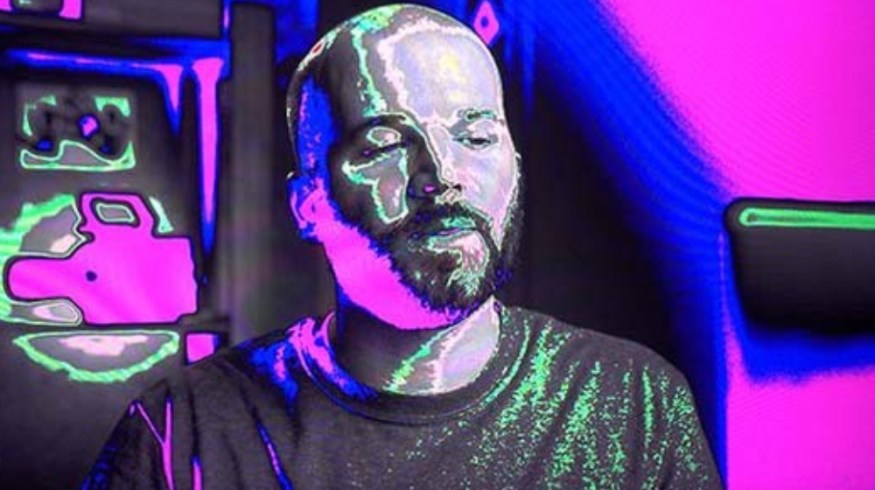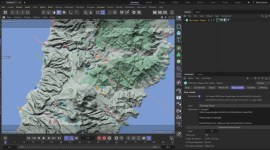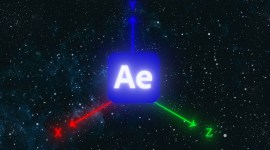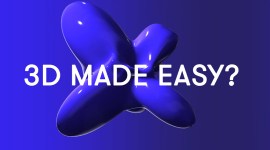
From Zebra Lines to False Color: 4 Ways to Monitor Exposure on Set
With so many ways to monitor exposure, it can be difficult to know which method is best for you. Let’s take a look.
Depending on the type of filmmaker you are, you might favor one tool over the other. Or, you might find yourself using a combination of these together. The most important takeaway is that you’ll gain more control over the quality of your image. Now, let’s take a closer look at each method.
1. Zebra Lines
Use zebra lines to avoid overexposing your image.

As the name implies, this is an overlay of diagonal lines that shows when exposure levels of an area exceeds a specified value. Cameras and monitors will have different zebra levels, generally ranging from 60% – 100% (pure white). For example, my BMPCC 6K goes from 75% – 100%, while my Blackmagic Video Assist goes all the way down to 40%.
Let’s say I’m shooting outside, and I don’t want the sky to overexpose. Since this is almost always the brightest part of a scene, I’ll set my zebra level to 95%. Then, I’ll adjust the exposure to where the zebra lines begin to show up in the sky. Now I know that when I lower the exposure to the point where the lines disappear, I’m just below 95% IRE. This gives me a nice buffer zone to avoid losing too much detail in the shot.
Zebra also works great when capturing skin tones. When filming people, I can set the zebra to 75%, then stop down a bit to properly expose my subject’s face. This will help keep the exposure consistent from shot to shot.
2. Histogram
Use the histogram to keep a bird’s-eye view on exposure.

This powerful monitoring tool is a graph of the tonal distribution of the pixels of your clip. It essentially shows luminance levels along a horizontal scale. The left is 0% black, and the right 100% white. As you go from left to right along the histogram, you have the shadows, midtones, and highlights.
While the horizontal axis measures the luminance level, the vertical axis shows the number of pixels at each specific value. Use it to quickly keep track of (and avoid) any over or underexposed shots, and to view contrast. If the histogram is bunched up in the middle, you might have a low-contrast image. If the signal is clumped up on either end, then you probably have a high-contrast image.
While the histogram is good for overall exposure readings, it’s not the best tool to view specific items in your shot, like skin tones. It can, however, be very helpful when performing specific techniques, like exposing to the right (ETTR).
3. Waveform
When I see a waveform monitor, I think about the old-school broadcast world. Years ago, I worked for a small television station, and the engineers used waveforms to calibrate exposure for all of our multi-camera shoots.

A waveform shows the luminance values of the video signal vertically from 0 to 100. Unlike the histogram, the pixels are located in the same horizontal position as the original image. As with the histogram, however, the image has more contrast if the signal is spread out vertically, and less contrast when it’s bunched together.
If you’re new to using a waveform, they can be hard to read. They are especially difficult to use when attempting to isolate specific elements on screen. While the pixels are spread normally across the image horizontally, the luminance information is blended together vertically. Items with the same exposure level will blend together on the vertical axis. This makes it difficult to tell what’s what.
The waveform shines in situations where you can use charts to calibrate your camera. It’s also especially useful when exposing green or blue screen backgrounds. If you’re working as a lone-wolf in a run-and-gun situation, this might not be your best option.
There’s a much better tool for specificity . . .
4. False Color
Use false color to get quick exposure readings of everything within the frame.

This tool allows users to monitor exposure levels via specific color values. False color is one of the more popular options for controlling exposure, as it’s much easier to isolate specific elements on screen. For example, nailing skin tone is very simple with false color when compared to using zebra or a histogram.

This chart from Blackmagic shows that pink is optimal for lighter skin tones, while green is best for darker skin tones. To keep the look consistent from shot to shot, simply adjust your lights and/or camera settings until the skin changes to the necessary color. Trying to do this with any of the above tools would prove to be much more difficult.
One downside is that the “predator vision” of the false color overlay can be distracting. I like to put this on a profile button so I can quickly toggle it on and off. Many lower-end cameras might not have false color available, so be sure to look for that before you make a purchase.
For more on exposure tools and filming techniques, check out these articles:





